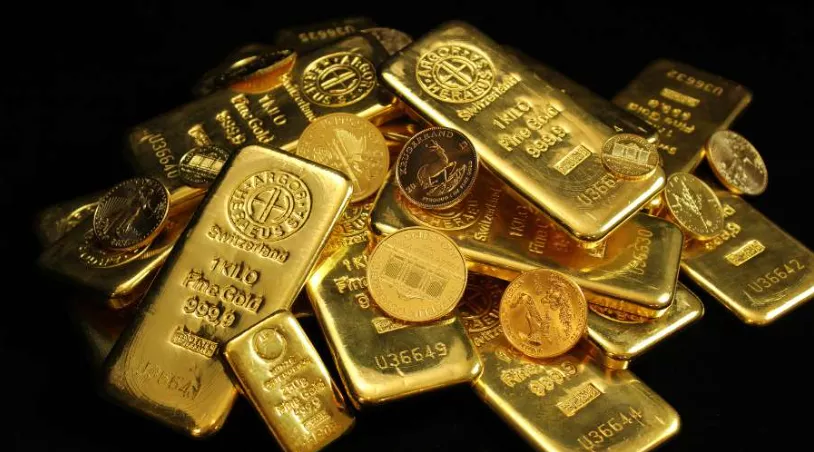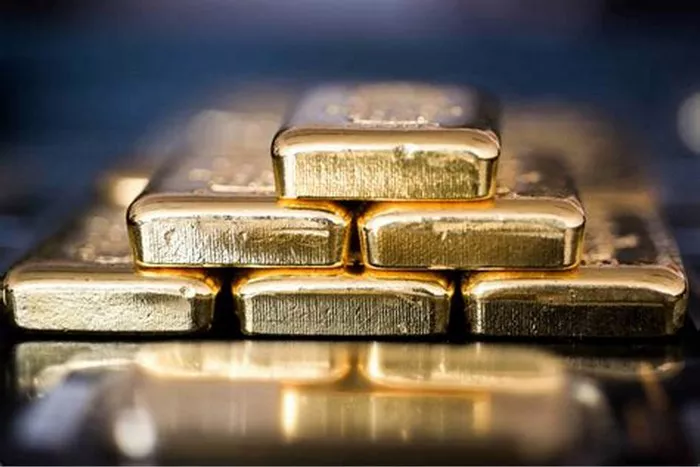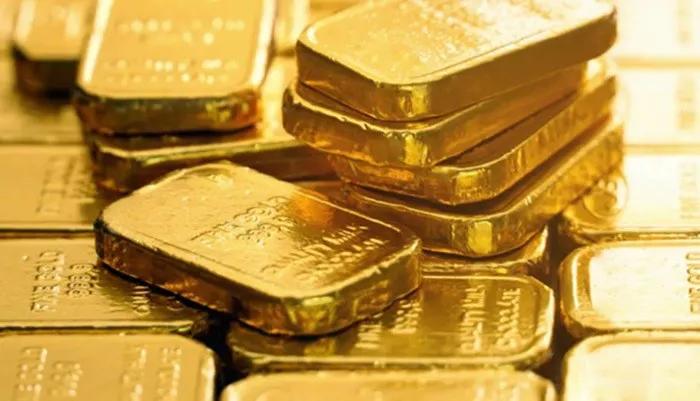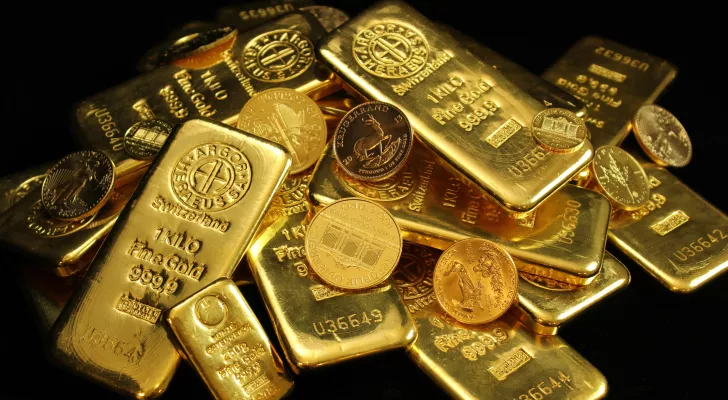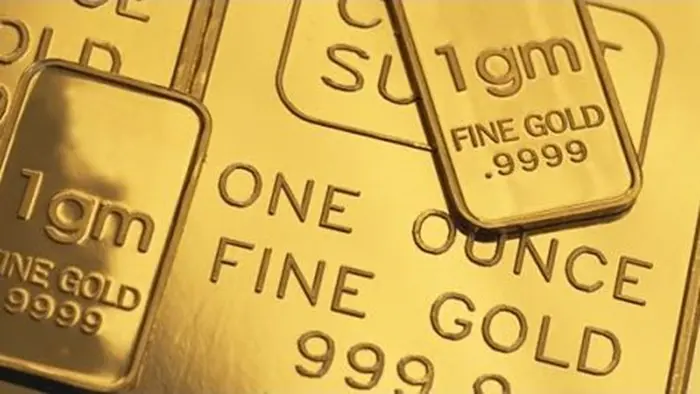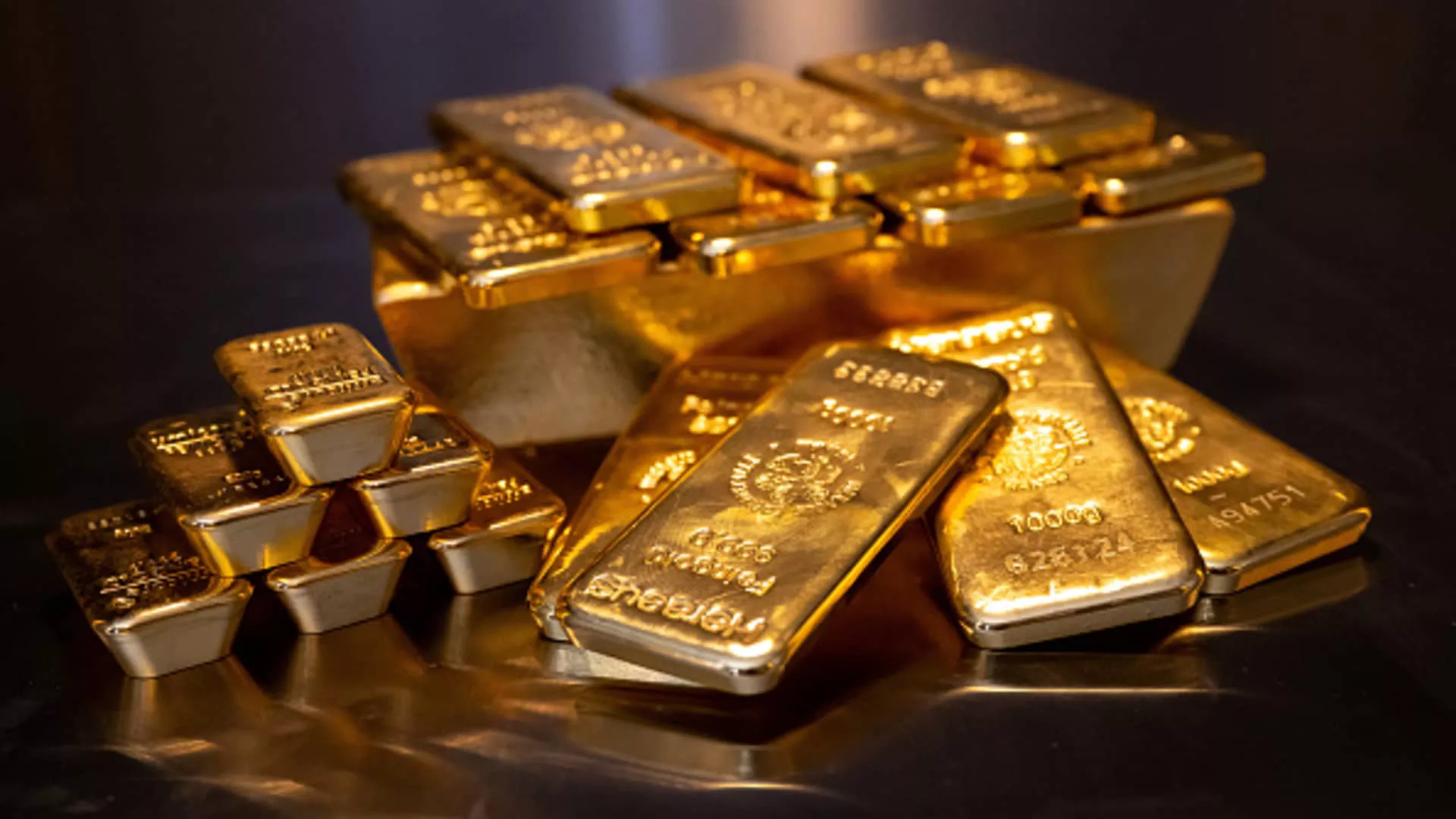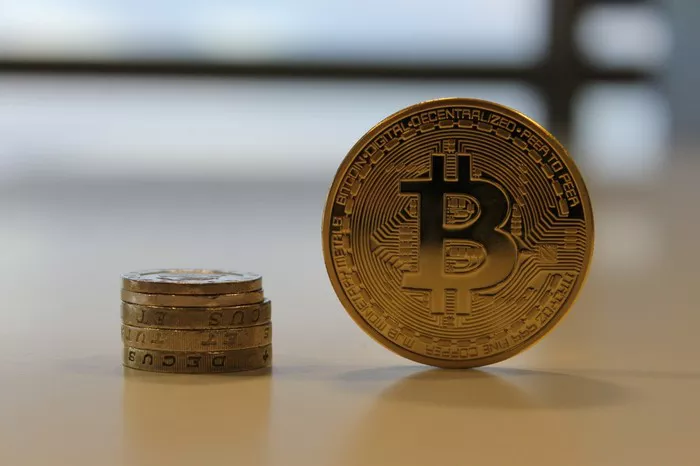Gold has been one of the most sought-after commodities for centuries, prized for its beauty, rarity, and utility in various industries. From ancient civilizations to modern times, gold has captured the imagination and fascination of humankind. One of the questions that often arise among investors, economists, and curious individuals alike is: How much gold has been found in the world?
In this article, we will explore the estimated amount of gold that has been discovered to date, the process by which gold is extracted, and the factors influencing gold reserves. We will also examine how much gold remains to be found and the future of global gold supply. Understanding the total supply of gold is crucial for investors, policy makers, and anyone interested in the role of gold in the global economy.
The Total Amount of Gold Ever Mined
Estimates suggest that approximately 205,000 metric tons of gold have been mined throughout human history. This figure includes all gold discovered and extracted from ancient times to modern mining activities. While this amount may seem vast, it’s important to understand the context in which this total was reached and how much gold remains accessible for extraction.
How is the Amount of Mined Gold Estimated?
The total amount of gold ever mined is not a precise number. It is based on estimates and approximations provided by experts in the field of geology, mining, and economics. These estimates consider historical records, current mining output, and geological surveys. Various agencies and organizations, such as the World Gold Council (WGC) and the U.S. Geological Survey (USGS), play an important role in gathering data and producing accurate assessments of gold reserves.
Gold mining has been a part of human history for over 5,000 years. Ancient Egyptians were some of the first civilizations to mine gold, followed by other empires such as the Romans, the Greeks, and the Incas. Much of the gold extracted during these early periods has long since been lost or remains unaccounted for, but modern mining methods and geological surveys have allowed for more accurate estimates of the total gold supply.
Visualizing the Total Amount of Mined Gold
To help put this in perspective, it’s useful to visualize how much gold has been mined. A metric ton is equivalent to 1,000 kilograms (2,204.62 pounds), and the total of 205,000 metric tons is about 205 million kilograms of gold.
If you were to take that gold and mold it into a cube, it would measure around 21 meters on each side. This would be a massive block of gold, and though it might sound like an enormous amount, it’s important to note that most of this gold has been dispersed across the globe and used in various forms, such as jewelry, coins, and electronics.
The Distribution of Mined Gold
Gold is not evenly distributed across the world, and its production has historically been concentrated in certain regions. Some of the most significant gold-producing countries today include:
China: The largest producer of gold, with approximately 370 tons mined annually.
Australia: Another major gold producer, accounting for nearly 10% of global gold output.
Russia: A leading gold producer, with significant gold mining operations in Siberia and other regions.
United States: The U.S. remains one of the top producers of gold, especially from Nevada, which contains some of the largest gold reserves.
Canada and South Africa: Both countries have large gold mining industries as well, though South Africa’s gold production has been declining over the years.
While these countries are responsible for a large portion of the world’s annual gold output, there are also smaller producers scattered around the globe, including in countries like Peru, Mexico, and Indonesia.
Gold Mining Methods
Gold extraction involves several methods, each suited to different geological conditions. The most common methods of gold mining are:
Open-pit Mining: Involves digging large open holes in the ground to extract gold ore. This method is typically used for deposits that are close to the surface.
Underground Mining: Used for deeper gold deposits, where shafts and tunnels are created to access the ore.
Placer Mining: A technique used for gold found in riverbeds or alluvial deposits. It involves using water to wash away lighter materials, leaving the heavier gold particles behind.
Cyanide Leaching: A process where cyanide is used to dissolve gold from ore. This is commonly used in large-scale mining operations.
Gold mining is an energy-intensive process, and as easily accessible gold deposits are exhausted, the extraction of gold becomes more challenging, expensive, and environmentally impactful.
The Role of Recycling in Gold Supply
In addition to newly mined gold, recycled gold also contributes significantly to the global gold supply. It is estimated that about 30% to 35% of the annual gold supply comes from recycling. This includes gold recovered from old jewelry, electronic waste, and industrial equipment.
Recycling has become an increasingly important source of gold due to the depletion of easily accessible gold deposits and the rising cost of new mining projects. Gold jewelry, in particular, is one of the largest sources of recycled gold, as people frequently sell old or unused items. Electronic devices, such as smartphones, laptops, and computers, also contain small amounts of gold, which can be recovered through recycling processes.
While the total amount of gold recycled each year is substantial, it is still a small fraction of the total supply compared to newly mined gold.
How Much Gold Remains to Be Found?
Despite the extensive history of gold mining, experts believe that a significant amount of gold remains to be discovered. It is estimated that there are still approximately 50,000 to 60,000 metric tons of gold left to be found and extracted. However, this gold is often more difficult to access due to technological, economic, and environmental challenges.
New Discoveries and Exploration
Gold exploration is an ongoing process, with geologists and mining companies constantly searching for new gold deposits. The discovery of large gold deposits tends to be rarer in recent years, as most of the world’s easily accessible gold has already been extracted. However, there are still areas where new deposits are being discovered, particularly in regions that have not been explored as extensively in the past.
Some of the notable gold exploration areas include:
Africa: Countries like Ghana, Tanzania, and Mali have significant gold mining operations and may have undiscovered gold reserves.
Russia: Siberia, in particular, has vast, untapped gold reserves.
Arctic Regions: In remote areas like Alaska and parts of Canada, gold exploration is taking place, although environmental concerns and logistical challenges make this more difficult.
Deep-Sea Mining and New Technologies
In recent years, new technologies have raised the possibility of discovering gold in unconventional places. Deep-sea mining is an area of interest, where gold and other valuable metals are thought to exist on the ocean floor, particularly around hydrothermal vents and seafloor deposits. While deep-sea mining could theoretically add to the global gold supply, it is also fraught with environmental concerns and logistical challenges.
Other technological advances, such as improved geophysical surveying and drilling techniques, are also making it possible to find gold at greater depths or in more challenging geological conditions. These advances may help unlock more of the world’s hidden gold reserves, though at a higher cost.
The Impact of Gold Mining on the Global Economy
Gold mining plays a critical role in the global economy. The value of gold has remained relatively stable over time, making it a sought-after asset in times of economic uncertainty. Governments and central banks hold significant reserves of gold as a hedge against inflation, currency devaluation, and other economic risks.
For individual investors, gold serves as a way to diversify portfolios, especially during times of market volatility. Gold also has industrial uses in electronics, aerospace, and medicine, adding to its economic value.
However, as gold mining becomes more difficult and costly, the price of gold is likely to rise, as supply becomes more limited. This can affect both the price of gold in the open market and the economies of countries that rely heavily on gold exports.
Conclusion
Gold has been a fundamental part of human civilization for thousands of years. As of today, it is estimated that around 205,000 metric tons of gold have been mined. Despite the large amount already extracted, there is still a significant amount of gold left to be discovered, with an estimated 50,000 to 60,000 metric tons remaining.
However, the remaining gold is harder to access and comes with higher extraction costs. As new technologies, recycling efforts, and exploration continue, more gold will likely be found, but the challenges of obtaining it will increase. Gold remains a key asset in global economies, and its value is likely to continue being a central topic for investors, governments, and industries for the foreseeable future. Whether you are an investor, an economist, or simply curious about this precious metal, understanding the dynamics of the gold market is essential to appreciating its long-lasting role in human history.
Related topics:

